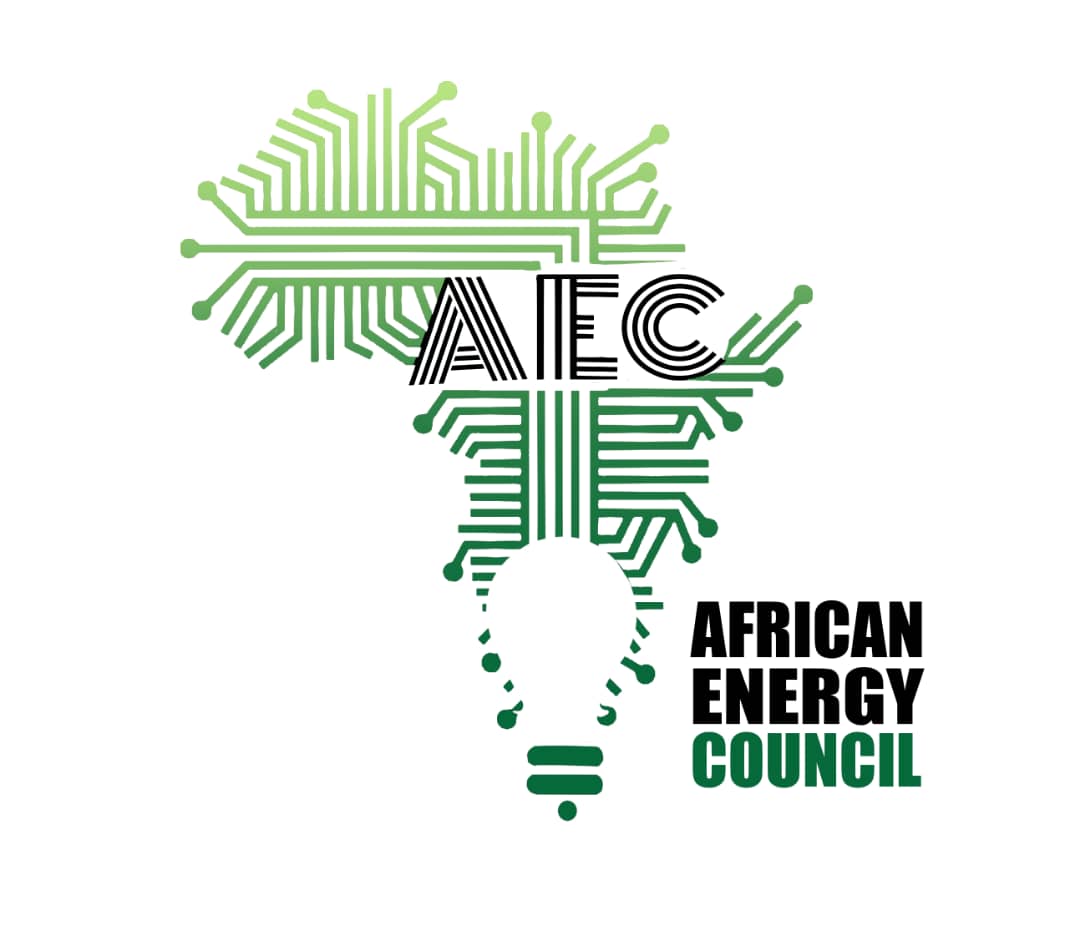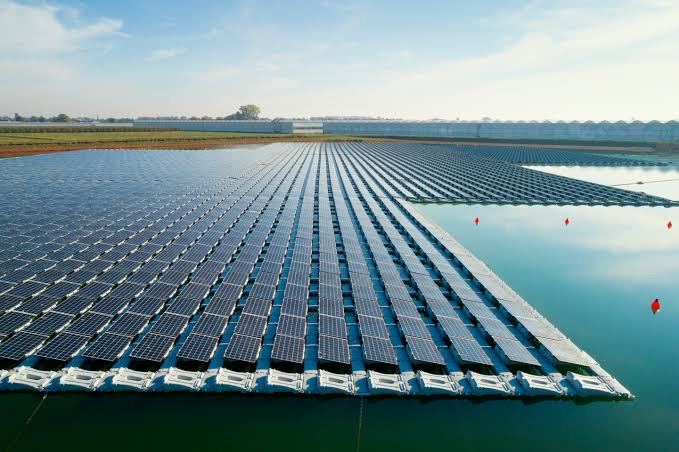KenGen is actively pursuing the establishment of Kenya’s premier grid-level floating solar plant on Kamburu Dam, boasting a capacity of 40 MWp. This endeavour represents a notable advancement in the nation’s renewable energy project.
The power producer aims to initiate a feasibility study for the project, with funding secured from the German Development Bank (KfW). Simultaneously, it is pursuing a power purchase agreement (PPA) with Kenya Power for the anticipated electricity generation from the plant.
“A floating solar photovoltaic project with a capacity of approximately 40 MWp is currently being developed by KenGen,” said the firm in a notice.
Kamburu is one of the Seven Forks Dams along the Tana River. The dam powers a 94.2 MW hydroelectric power station that was commissioned in 1974.
The power firm Ecoligo GmbH built Kenya’s first floating solar PV plant in 2021. The small 69 kW plant was installed on one of the reservoirs at Rift Valley Roses Farm in Naivasha.
The solar system generates energy exclusively for self-consumption and does not feed any surplus back into the grid.
KenGen in 2020, with funding from KfW, contracted Norwegian firm Multiconsult to evaluate the potential of setting up hybrid floating solar PV installations on Kamburu, Kiambere, and Turkwel hydropower plants to optimise water usage and power production.
Floating solar plants are growing in popularity globally amid the increasing shift to renewable energies, with experts extolling their effectiveness in lowering the evaporation of water from dams.
Kenya has many solar plants, the largest of which is the Garissa Solar Power Plant, which has an installed capacity of 54.65 MW. Selenkei Solar Farm, Cedate, Alten, and Malindi solar plants all have an installed capacity of 40 MW.
The plants supply power to the grid, but their intermittence has been a major challenge in balancing the grid, even as the country mulls adopting solar storage technologies to tap the energy during the day.
As a strategy to reduce energy costs, large power users are progressively incorporating solar power to complement their grid-supplied electricity.

